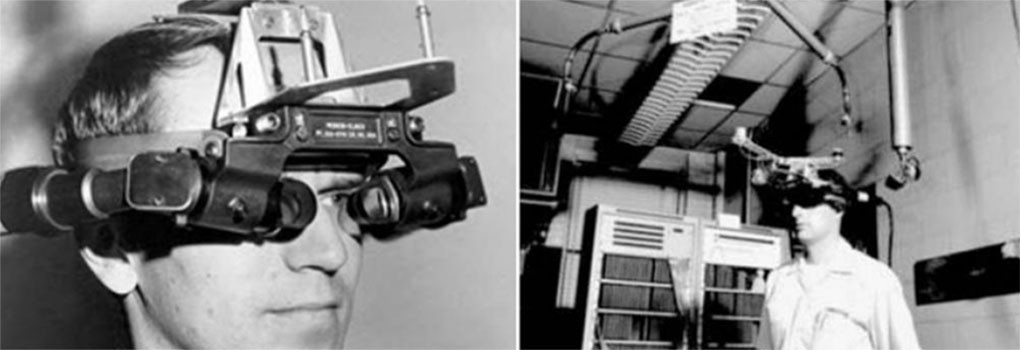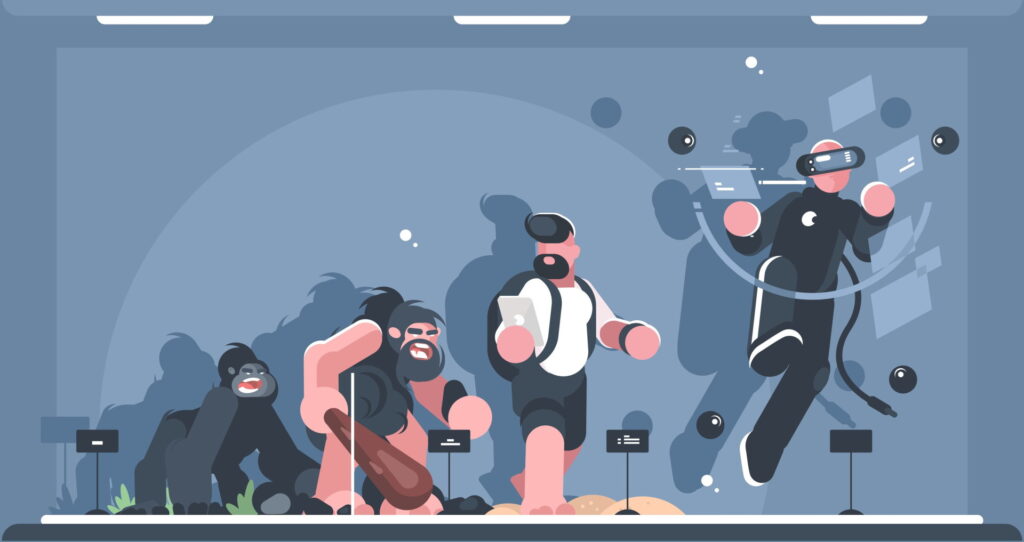These days, we often hear or read about VR technology. We read about this technology being the technology of the future. We hear about new discoveries where and how we can use VR technology. We learn how its development has an enormous ability to help people in so many ways, or how realistic and immersive they are becoming these days. At the same time, the most accessible VR technology remains those developed for gaming and entertainment. Still, the development of VR technology aims much further than fulfilling only entertaining purposes. Let’s learn more about the concept of VR technology, how it has progressed over time, and where it is used today.
What is Virtual Reality (VR)?
To put it simply, Virtual Reality is the technology that can create a unique experience of an immersive simulated environment. This type of technology strives to engage all our senses to create a fully realistic experience. Overall, VR allows people to believe that what they see on the screen is real. Thus, the computer-generated surroundings, such as objects, people, scenery, etc., that a user sees are realistic enough to be true for them. This technology usually comes in the form of a headset or, sometimes, a hamlet used for multiple reasons and purposes, from education, to medical and entertaining.
Brief history
We used to think of Virtual Reality technologies as something drastically modern and new. Well, you’ll be surprised to know that VR technology has been existing for over half a century now. Overall, people have been fascinated with the idea of Virtual Reality for quite some time now. However, it is only recently that developers could make serious progress in the field.
The first real prototype of VR technology brings us back to the mid-1950s. At the time, an American filmmaker, Morton Heilig, first decided to engage all our senses, such as smell or touch, in the experience of watching short films. Thus, he combined visual art with the external factors that could stimulate all our other senses. He wanted to emerge his viewers into a fully realistic experience of what they were seeing in the films. Heilig became the pioneer of VR technology and opened the path for the next generations of developers. You can order an essay to learn more about Heilig’s life. Though, don’t forget to read a myassignmenthelp review first.
During the following decades, Virtual Reality gained wide recognition in other industries beyond art and entertainment. Soon, VR was used for military training, medical use, simulations, and many more. However, it was only in the mid-1990s that VR became more accessible to the public. This technology no longer depended on massive machinery or was it in secret NASA programs. It was a widely used technology that found its way back to the entertainment industry. It came in the traditional form of a headset that is more familiar to modern users. It has LCD screens, stereo sound, and sensors responsible for tracking a user’s movement.
Since then on, VR technology has only been progressing. Each year, Virtual Reality development is becoming more advanced, modern, realistic, and immersive. Overall, today, VR technology is available to everyone who is willing to try it. The technology is used for training, mental health treatment, entertaining, and much more. More and more industries are using VR for multiple reasons that we will briefly discuss below. However, you can always contact professional writers from essaypro to order research about the history or modern use of VR technology. The one thing is clear, though. There is no doubt that VR technology is the technology of the future, and we are only learning about its potential.
Ways of using VR technology
As it was mentioned before, there are numerous ways of using Virtual Reality technology these days. Let’s break it down into four main groups of use divided by the purpose.
Mental health treatment
Recently, VR was welcomed by the health system. People found out that various VR programs can help patients with certain mental health issues, such as PTSD or severe phobias. The technology helps them heal, confront challenges in a safe (virtual) environment, and build behavioral patterns needed for the real world.
Also, VR is sometimes used in special programs for prisoners. In this case, the technology is used to help prisoners adapt to everyday life outside correctional homes. Such use helps the transition and prepares these users to be back in society again.
Data visualization
Virtual Reality helps to create more realistic and immersive data visualization for scientific and engineering purposes. It can create multi-dimensional data, interactions with objects, and much more.
Training
VR for practicing training programs is mainly used in the military and medicine. Such VR use can limit the dangerous factors of real-life training while still providing the participants with realistic experiences. Such training can include piloting, fighting, performing medical procedures, including surgeries, and much more.
Entertainment
Last but not least, VR is often used in the sphere of entertainment. Whether is its for watching movies, or playing video games, VR provides users with full experience and ensures good time.





1 Comment
vr reality · September 28, 2022 at 11:37 pm
Automobile racing video games are an illustration of immersive virtual reality that provides the person the sensation of speed and driving abilities. ar and vr Formulated for gaming as well as other leisure functions, VR use in other sectors is expanding To aid prevent breaking the illusion you create, be sure your app updates scenes sixty occasions for each 2nd so objects don’t look to jump or flicker.